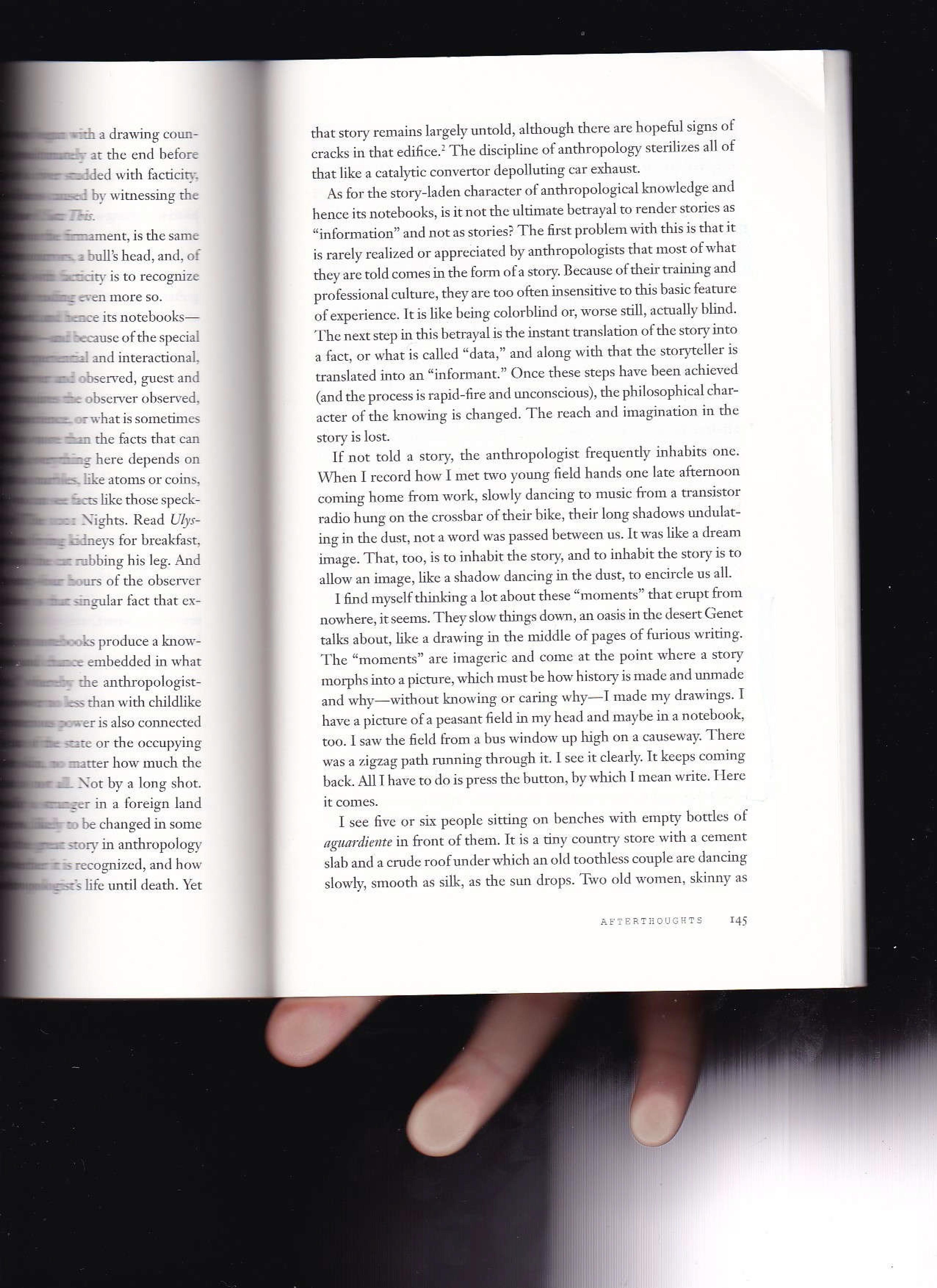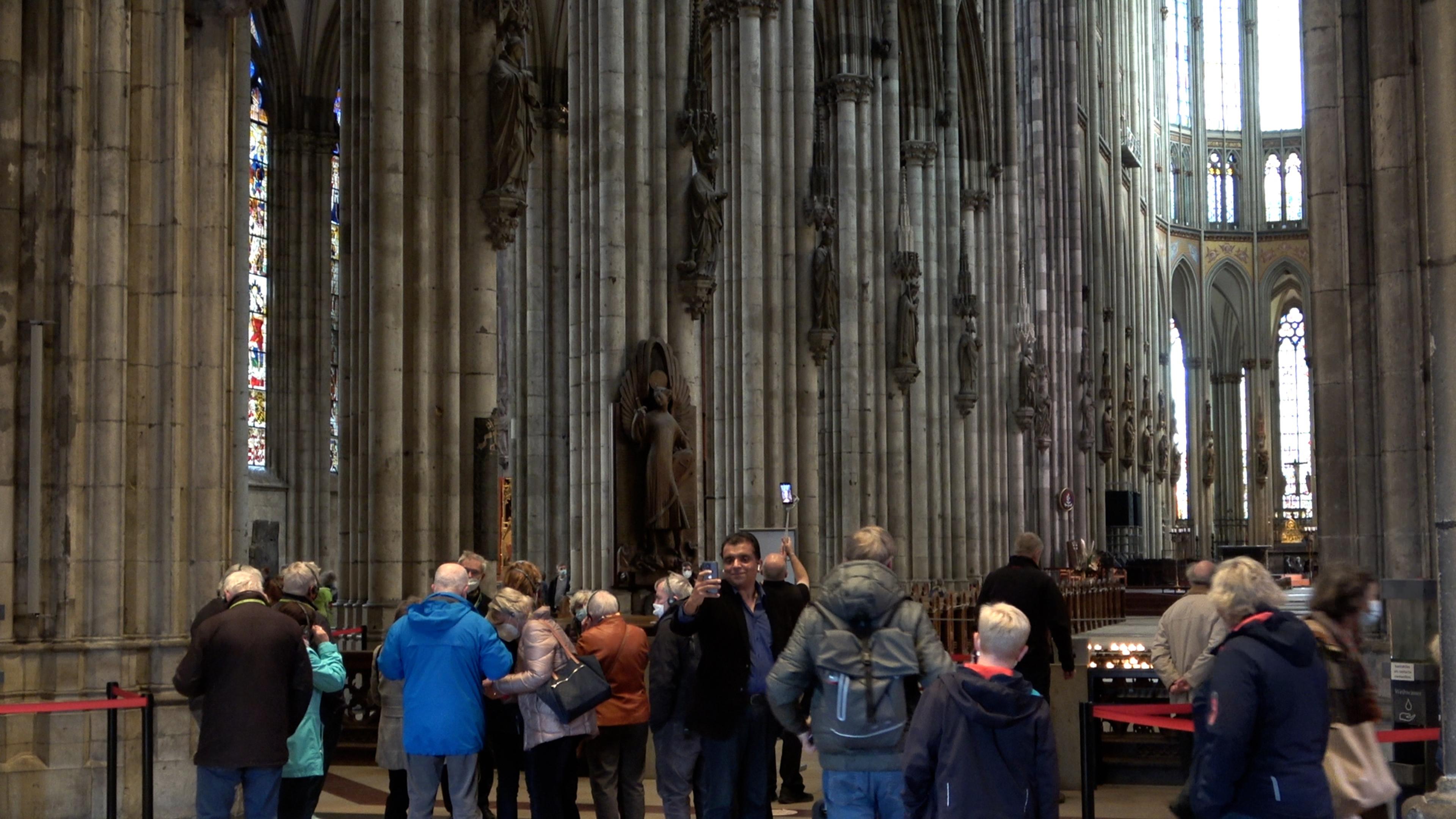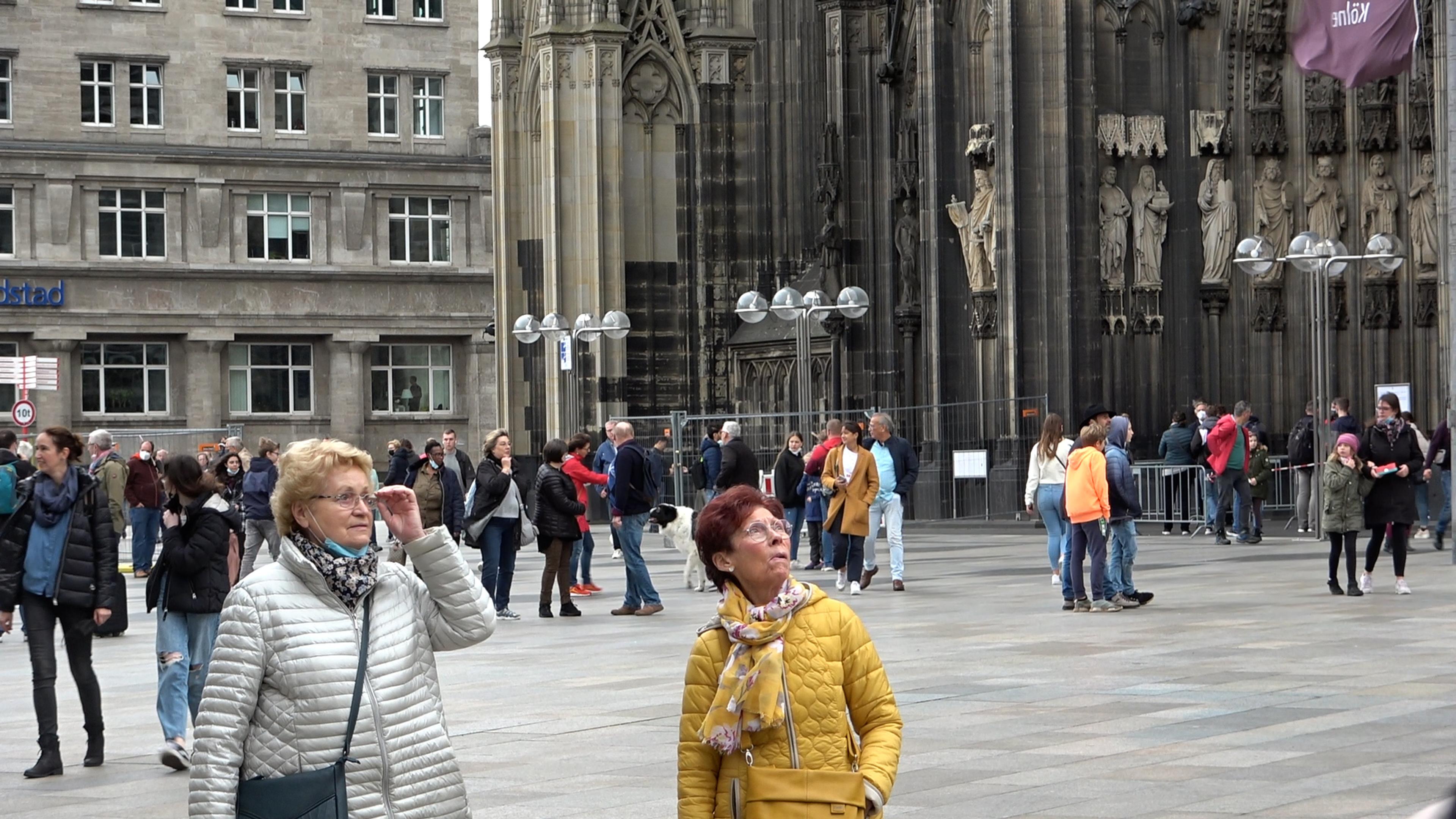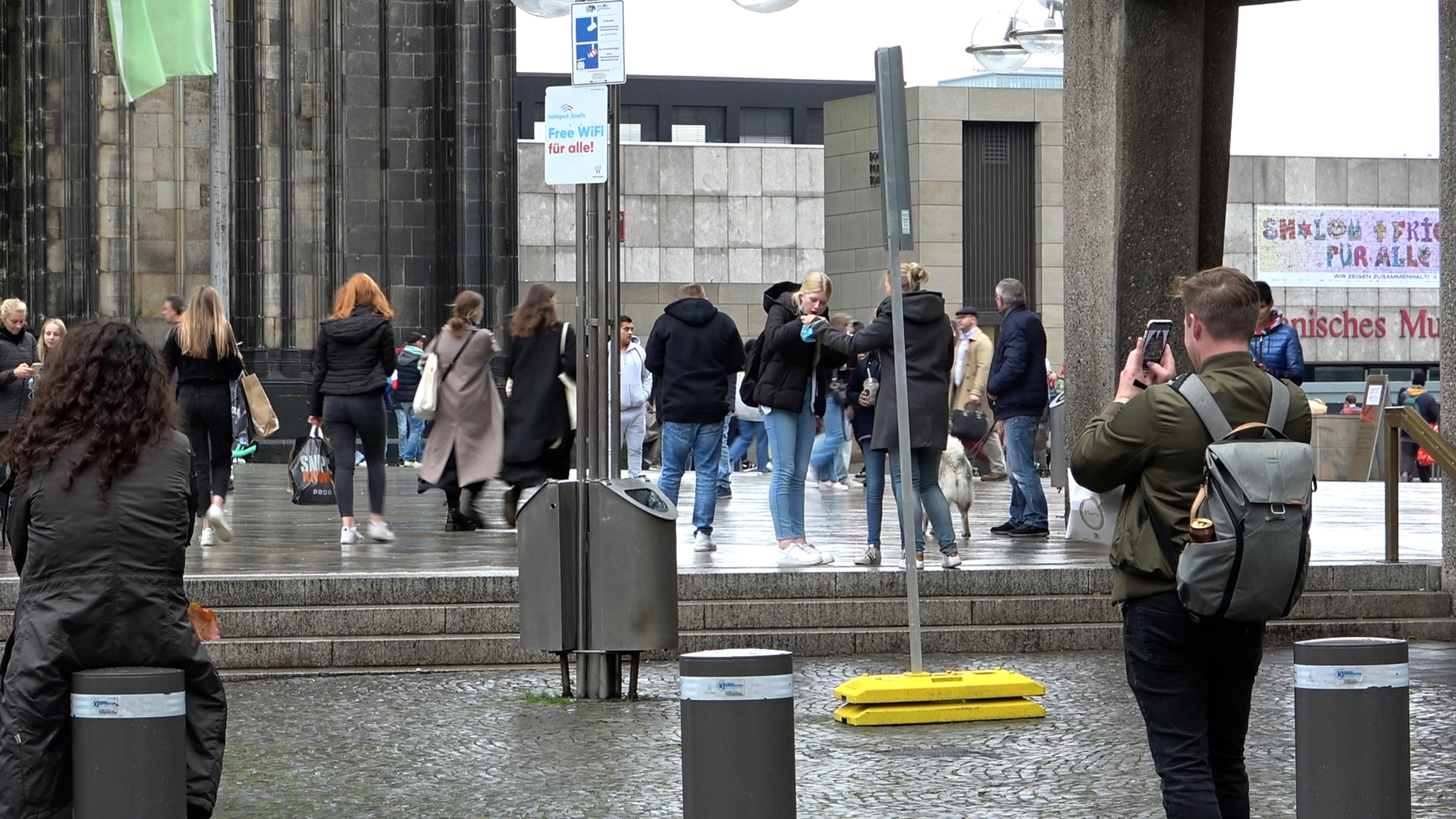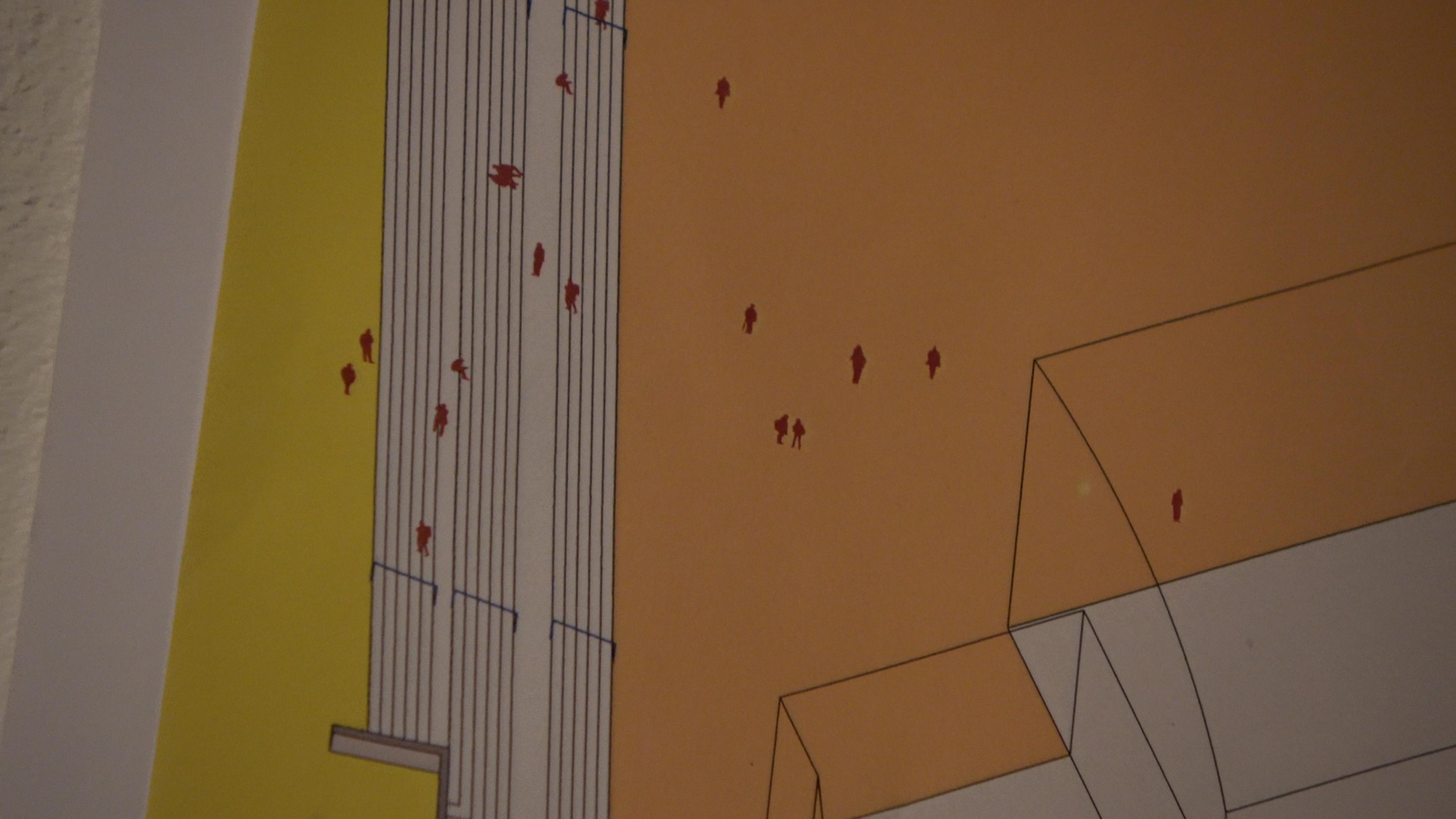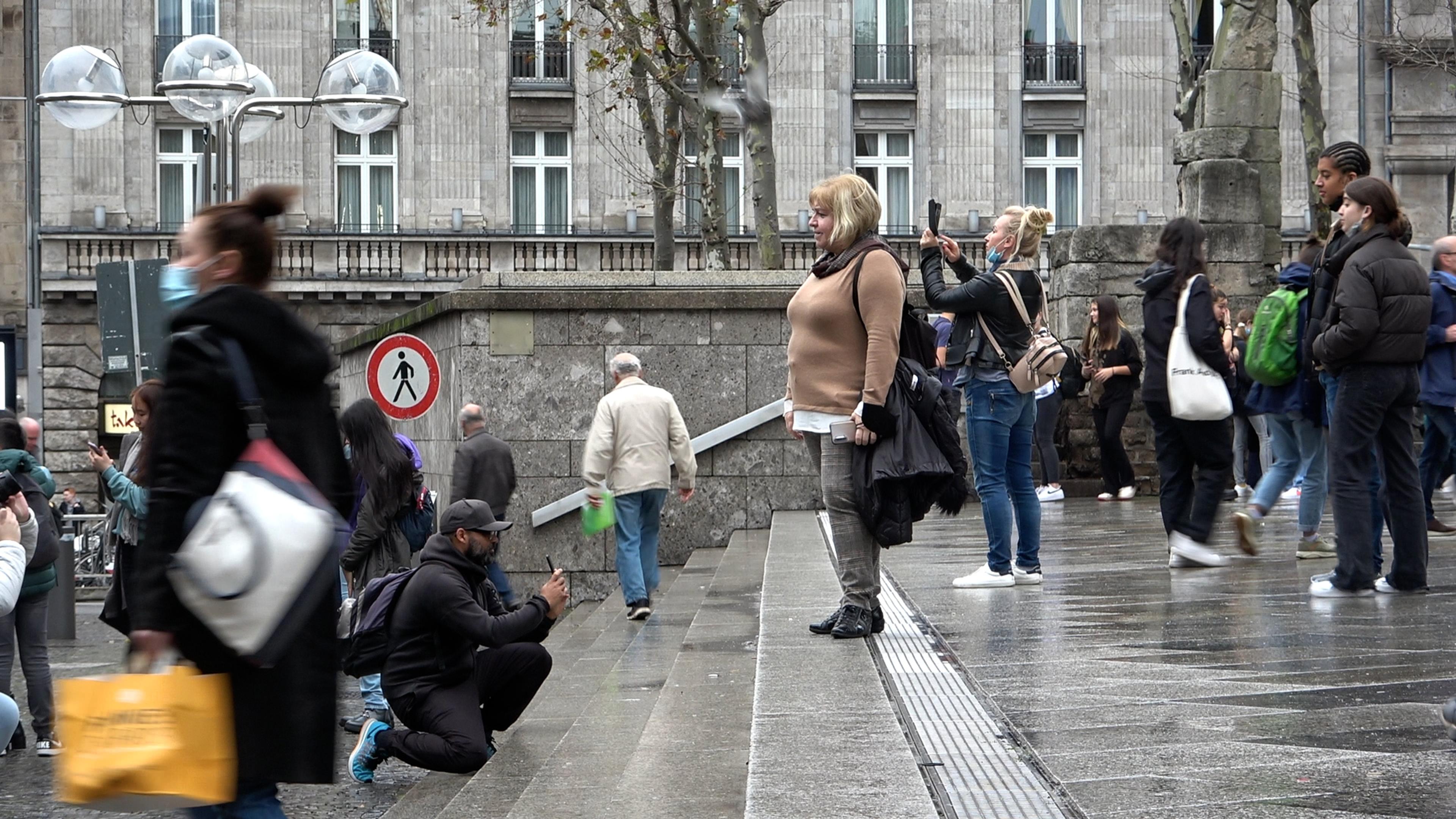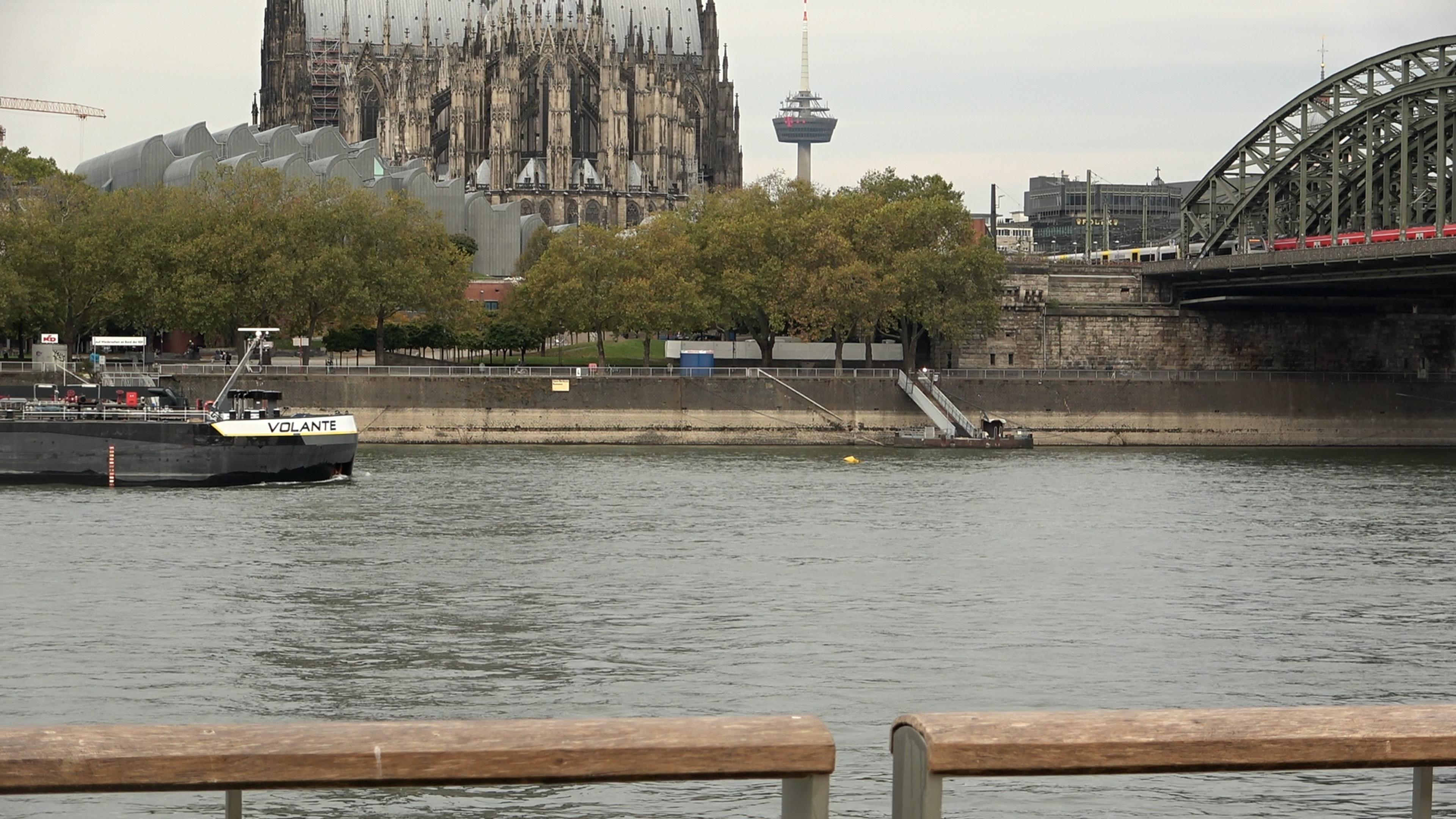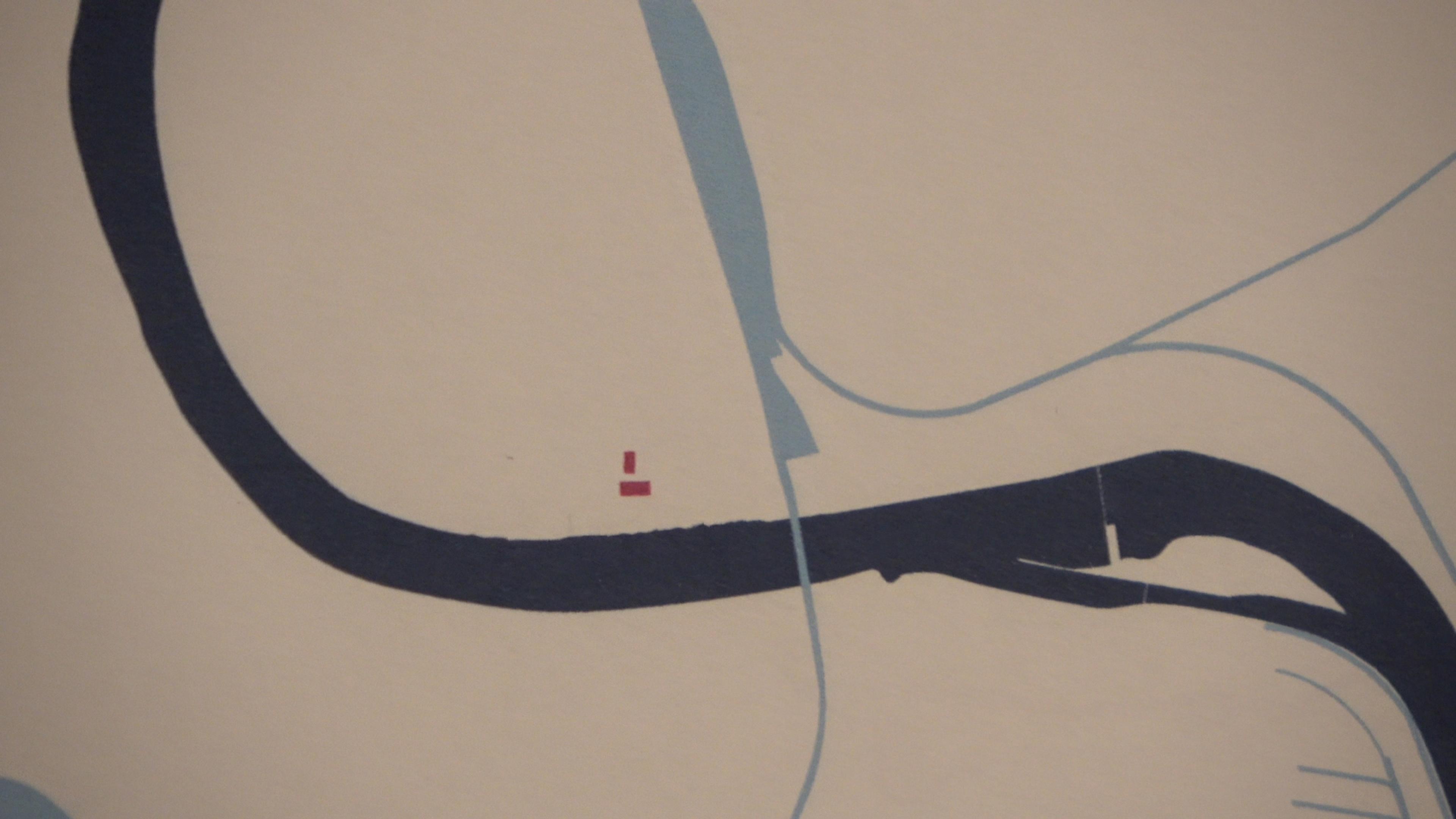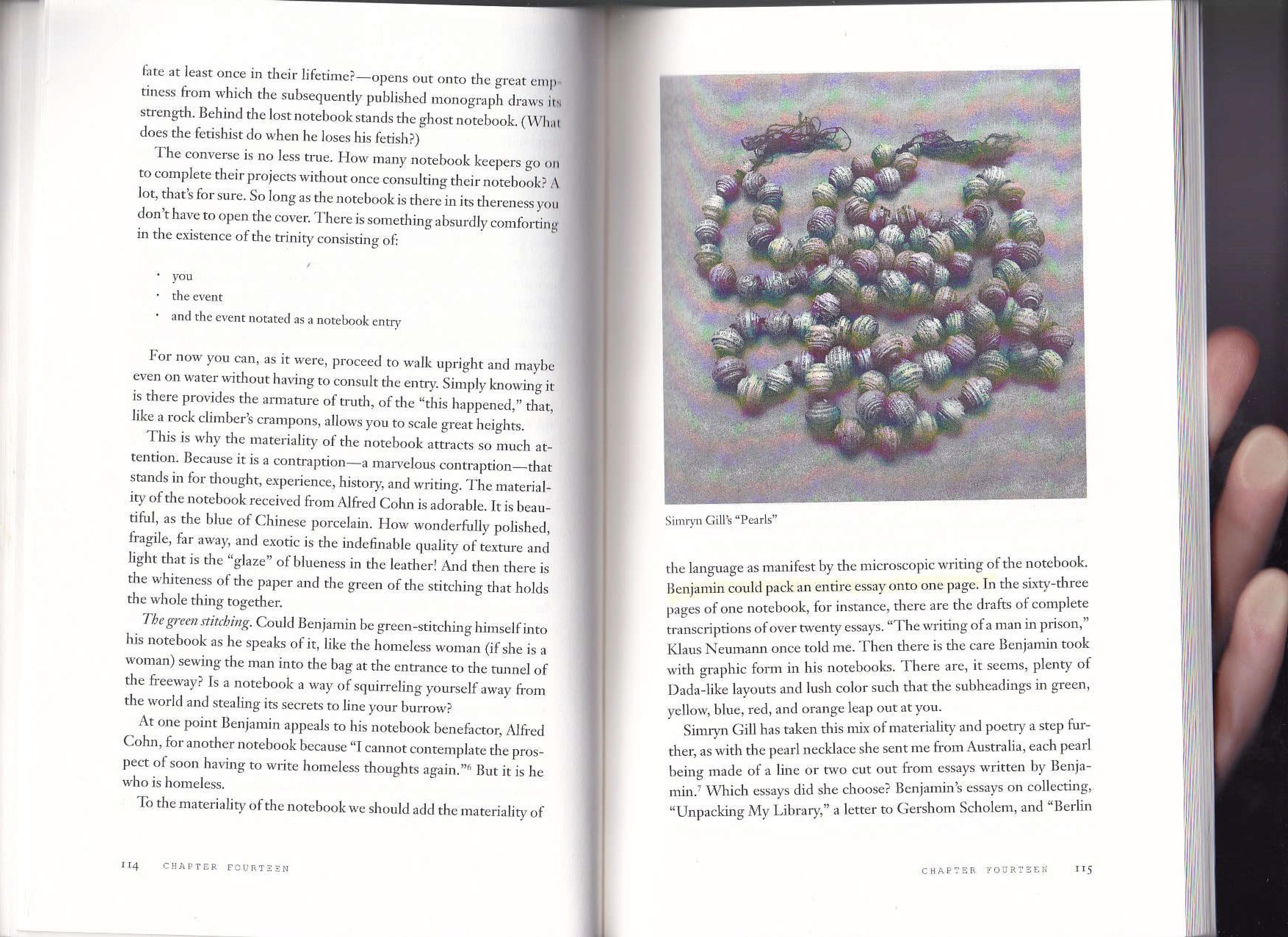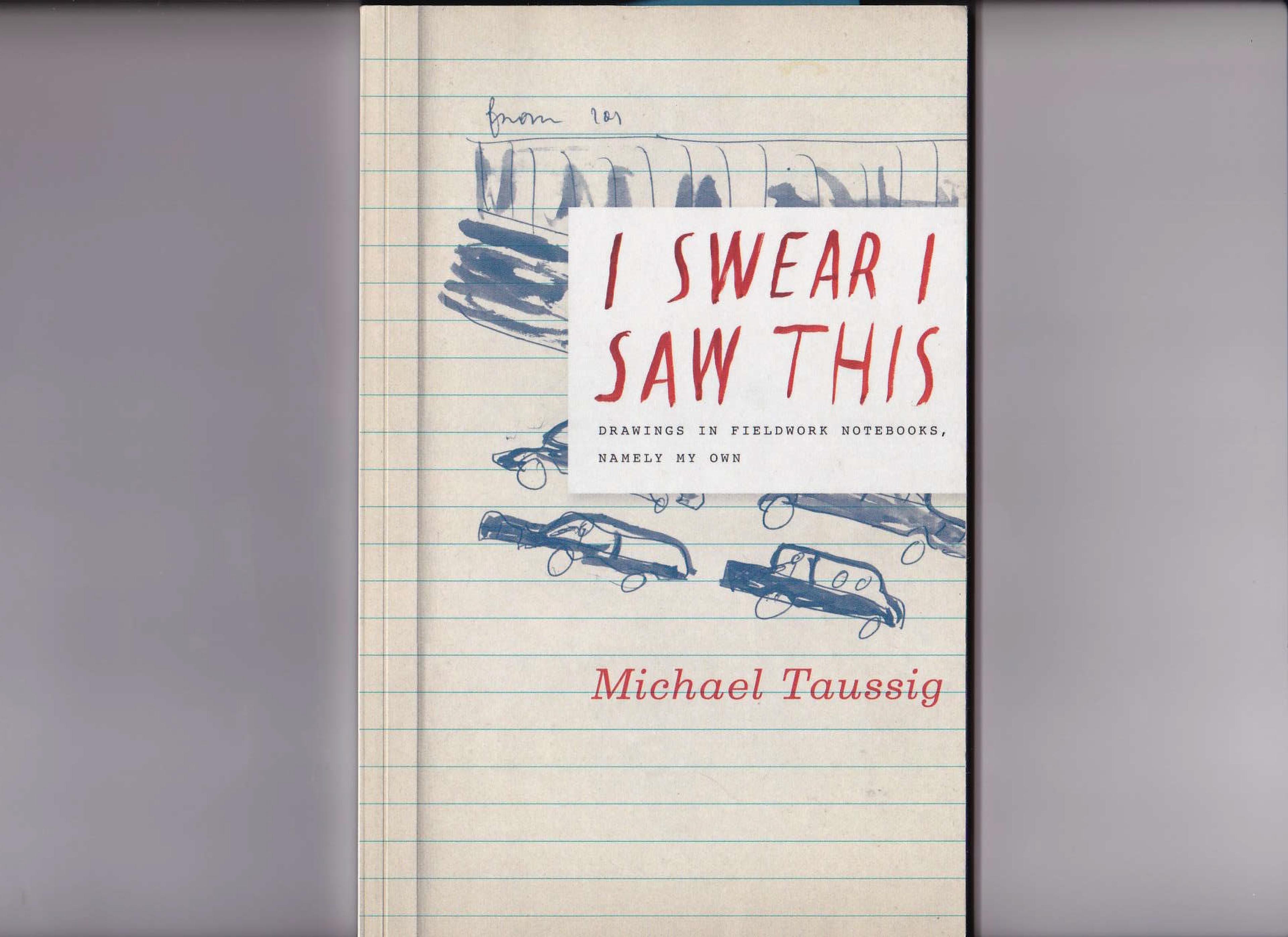Reference:
“I Swear I Saw this”, “Being Around” and Spatial Design
The book I swear I Saw This (The University of Chicago Press, 2001) by Michael Taussig is an important contribution to ways of exploring our times, and changing our environments and our societies. His critical analysis of methods of capturing and transmitting realities offers a fundamental resource for various disciplines and practices, including architecture. The book reviews the western scholarship on narrative, image, and mediation in such a way that it becomes relevant for diverse realities, and for our past and present at the same time.
The relationship between history and the present, image and narrative, analysis and the actual making of environments has been central to the master graduation project Infrastructure/Monuments: Stories of Permanence and Transience, co-organised by the NEWROPE Chair, part of the LUS Institute and the Chair of the History and Theory of Architecture, part of the gta Institute.
In his diploma project titled Being Around, one of our students, Thorben Muller, used video observation and hand drawing to analyse the site: Cologne Cathedral and the adjacent main train station. Combining camera recording and hand drawing Thorben, brought to our attention the Rhine River as a crucial actor looking at this site. Taken into a next step, this could become an attempt to de-centre the human as a subject* and bring in a series of voices we would not capture standing in front of the Cathedral. Thorben’s work showed public space as a place and time to relax, reflect, or mediate in an urban environment that is comfortable, sensitive, healthy and enables collective as much as individual action. His observation of public space was also his definition of it, alike his narration was also his intervention.
Thorben's project brought about a set of questions: Is reality something we make while observing? Can the historical approach help make distinctions between existing realities, interventions and storytelling? Michael Taussig’s book provides possible answers by referring to ”moments that erupt from nowhere”(…) slowing things down (…)”. To him these moments are imageric, morphing into a picture and showing actually how history is made and unmade. He makes it clear that the distance between what we witness and what we bring into a story is a continuous dialogue with the environment and with ourselves. The story, he would argue, that anthropologists tell, is different from other forms of speech that can still be called stories, as it has an awareness of the frontier of fiction from non-fiction.
According to Taussig, in the stories of historians and anthropologist**, the possibility “to fix and figure reality”, separating “fiction-non-fiction-documentary” is very much related to style and voice “for it they do the heavy lifting of analysis” (Taussig, p.148). This provides hints at how to deal with histories, and identify a broader variety of voices and their relationships and could make narrative development and storytelling an inherent element of the design project and by blurring to an important extent the limits between observing and making environments.
The value of simple observational drawings, which are central in Taussig’s book, combined with other image capturing tools, was proven by Thorben’s graduation project “Being Around”, as a fundamental attempt to understand and change realities. The very simple hand drawings that are analysed in “I Swear I Saw This,” in addition to being a basic element of an ethnography notebook or any field notebook, could also be used by architects and architecture students as a fundamental tool to simultaneously capture and reconstitute an environment more consciously. Taussig’s work on observation and its tool, the notebook and the making of drawings, is an amazing opportunity to work out the positioning of the architect towards the site and layer not only her or his understanding of it, but also the project or let’s say, the design itself.
* As Engin Isin would say in his lecture 'Planetary Movement: Willing, Knowing, Acting' given for University of London Institute in Paris on December 10, 2022.
** Marc Augé, L’Anthropologie d’ajourd’hui, Conference, Rennes 2015
Text by Falma Fshazi
